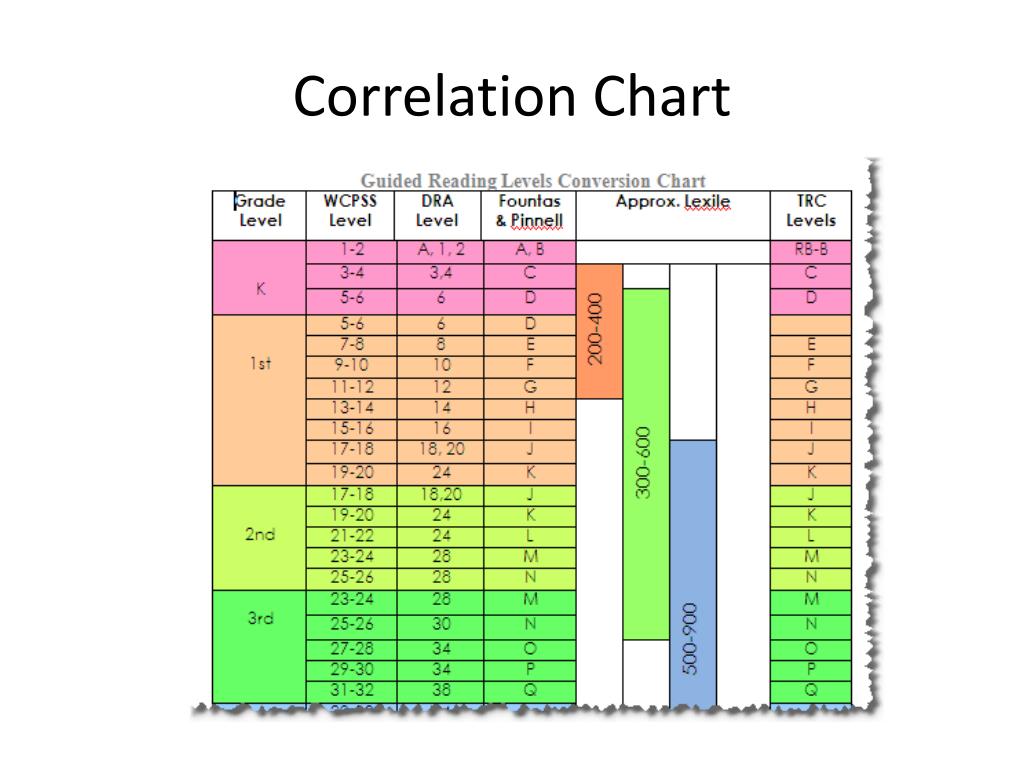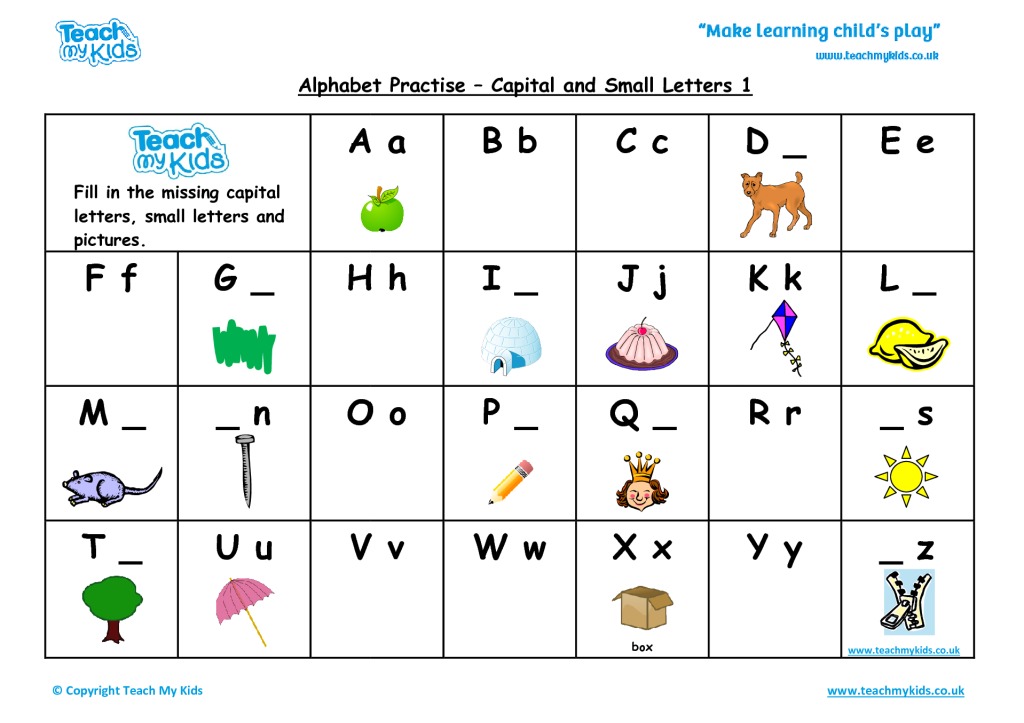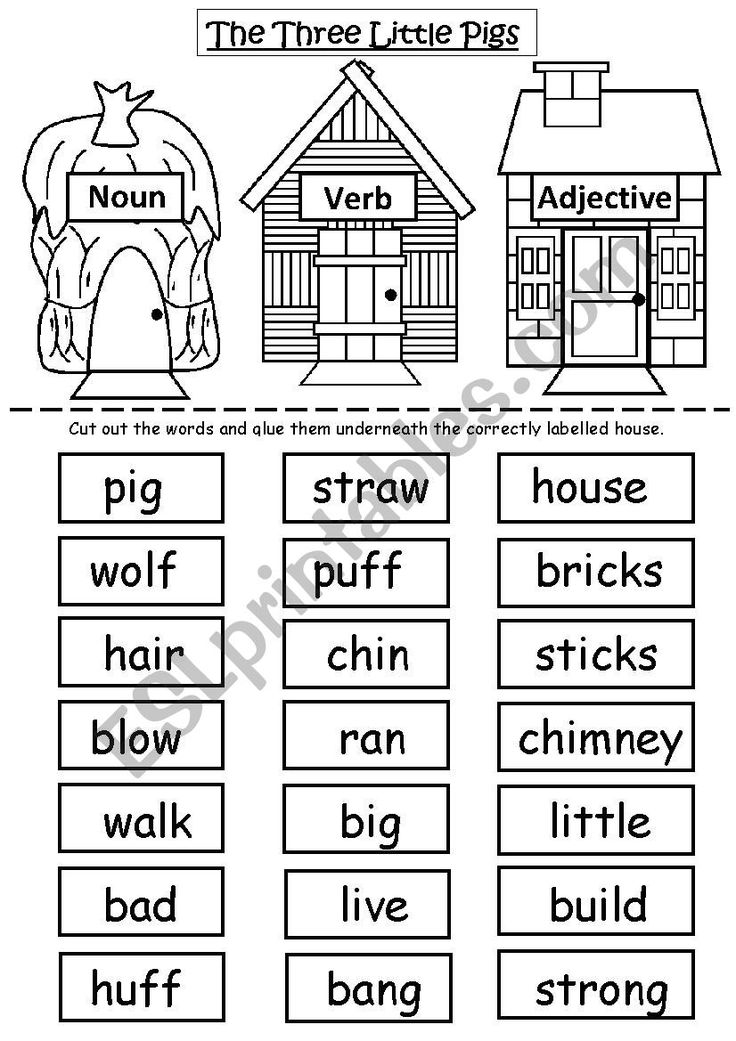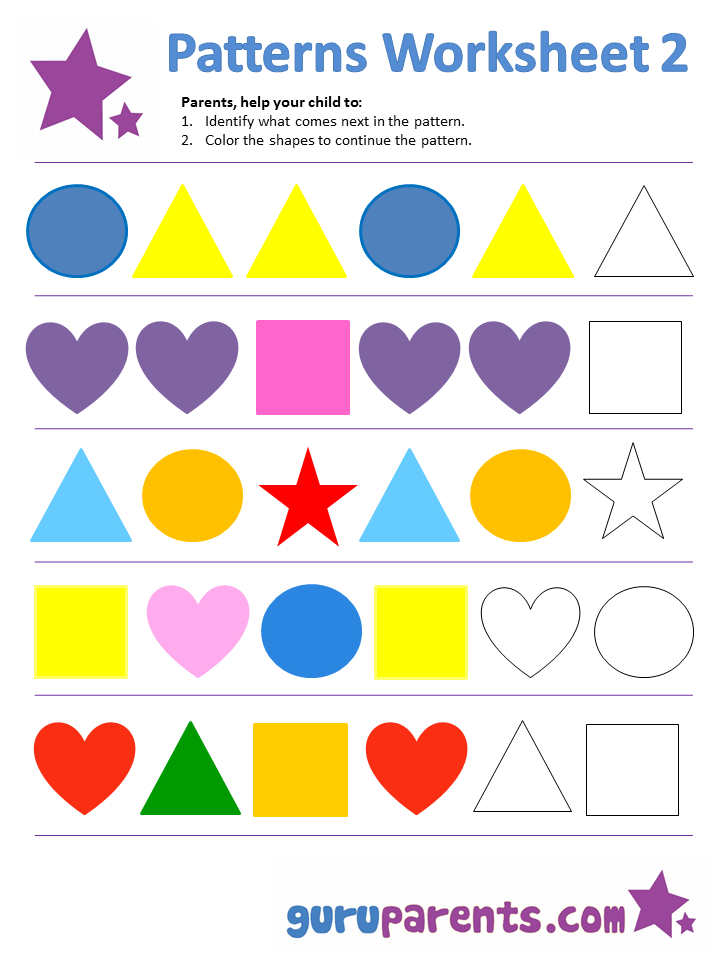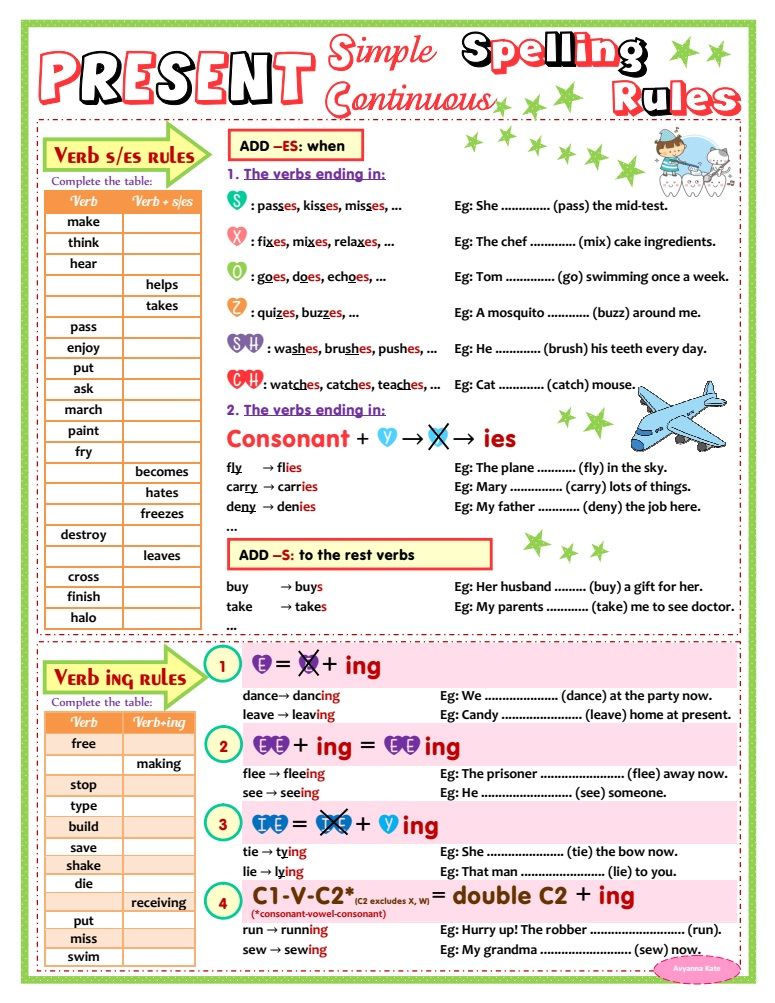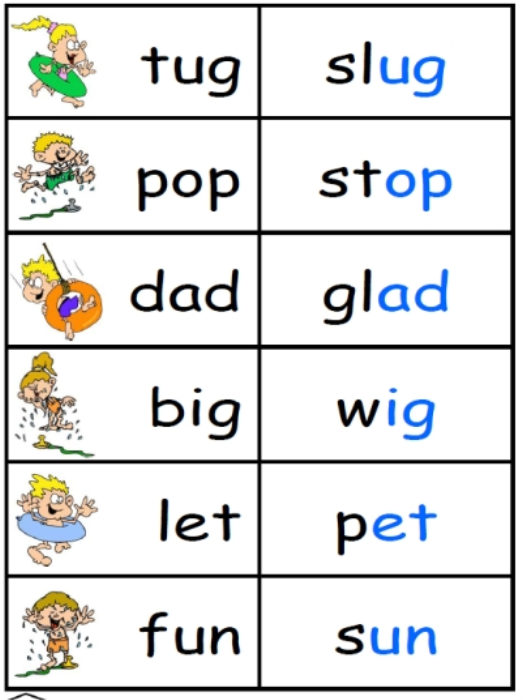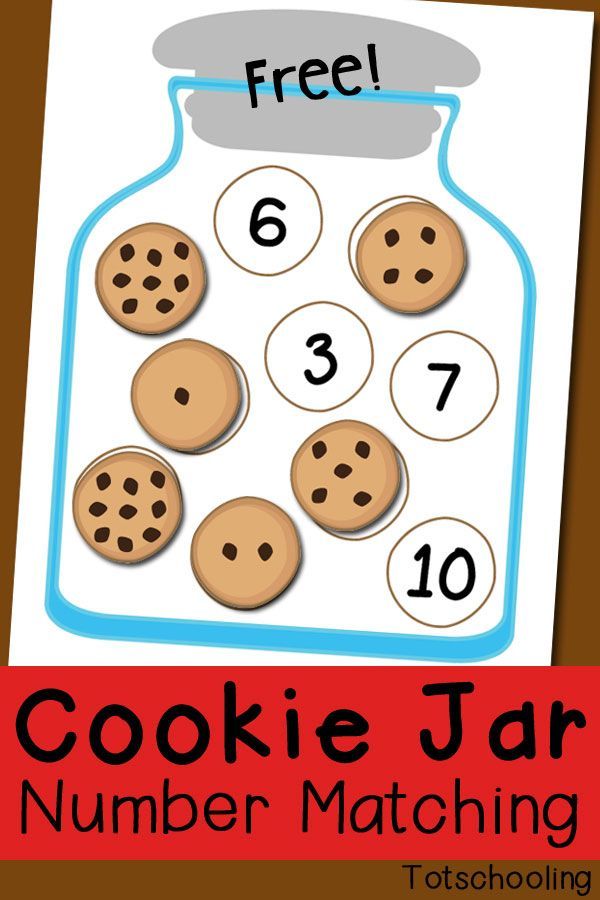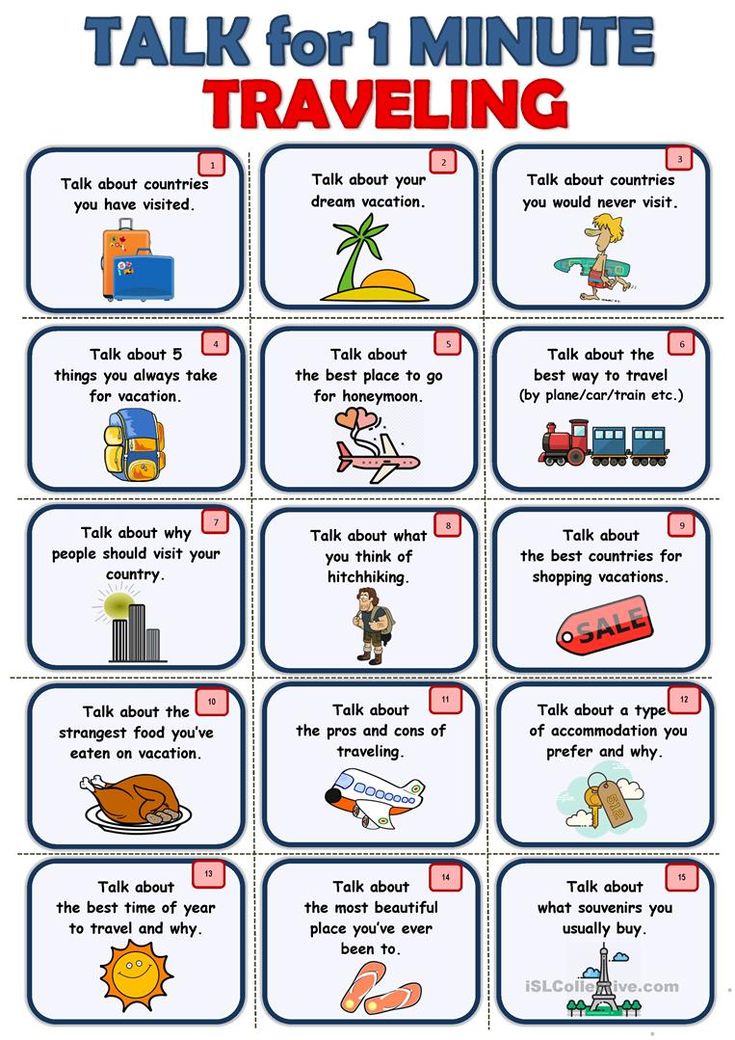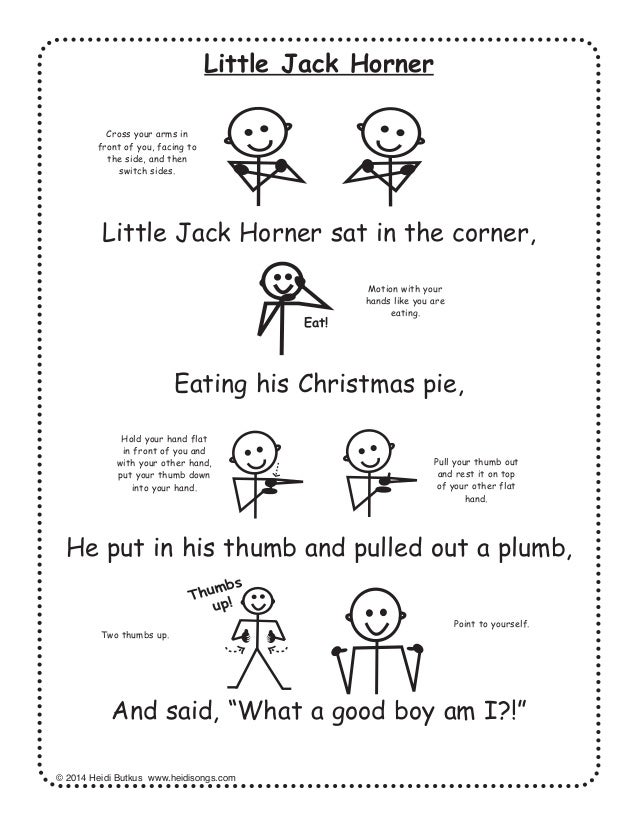Explaining time to a child
Teaching the Concept of Time to Preschoolers
- Share
Teaching the concept of time to preschoolers is no easy feat. Since it is such an abstract concept, children need to be given many opportunities to experience it and understand it.
While you may want to dive into teaching kids how to actually tell the time, it is important that they first develop a concept of the passing of time.
They need to experience what a certain length of time feels like and that we measure many aspects of our lives in terms of time, from the way we run our day to the way a year unfolds.
Here are 14 tips and ideas for teaching preschoolers about time.
1. Use Age-Appropriate Activities
Preschool is the time to build a solid foundation of early maths skills with hands-on learning and real-life experiences.
Telling the time is a challenging activity even for children in the first grade. It’s important that they have many, many experiences in the preschool years to learn the concept of time, without being expected to reliably “tell the time. ”
Remember that young kids are learning the decimal system, with 10 as the base number. It can be confusing for them to learn that there are 60 seconds in a minute, 60 minutes in an hour and 24 hours in a day.
Time activities for preschoolers need to be planned with a child’s age and level of understanding in mind. They are not yet ready to learn to properly tell the time, but they can certainly be introduced to all the concepts in fun, interactive ways.
2. Keep a Daily Routine
The best way to teach time is to allow kids to feel the time moving through the day.
Keep a daily routine – whether at home or school – and make sure your kids know that routine. It should be predictable so that kids know what to expect.
Predictable routines are great for teaching the concept of time, but they also help kids feel secure and safe.
Name each part of the routine and assign a particular time to it. For example:
- 8 o’clock is outdoor free play time
- 9 o’clock is circle time
- 12 o’clock is home time
Remember that routines are great but should always be flexible, to account for life’s changes or learning opportunities that pop up in the moment.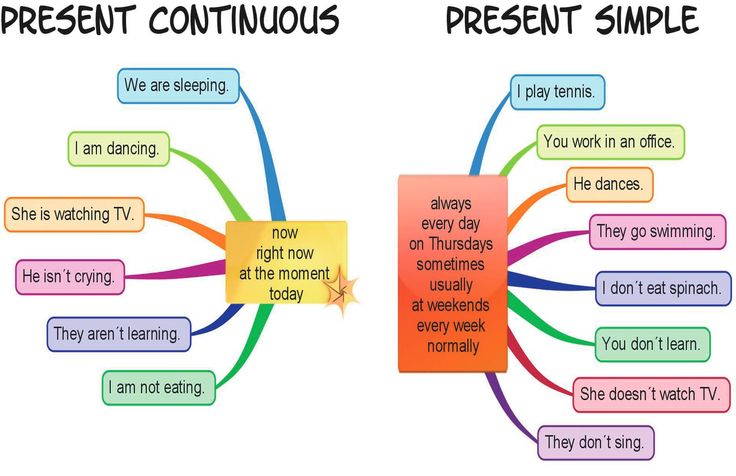 Use the change to explain to kids how you’ll be using your time differently today.
Use the change to explain to kids how you’ll be using your time differently today.
3. Make a Daily Routine Poster
Time is a concept that you feel, but we also have visual representations of time – such as a watch, clock face or digital clock.
The first way to introduce this concept of “reading time” is to have a visual cue of your daily routine.
Make a poster together with your kids, outlining the major activities of the day. These are great for doing at home or at school.
The activities in the routine can be drawn (for younger kids) or written in words, which also helps develop early literacy skills, as kids get used to seeing the words bath, dinner, brush teeth, etc.
Refer to and point to the poster throughout your day. With time, kids will start to use the poster to check on their own what activity will come next.
4. Sequence Cards
Create cards with pictures of the daily routine and get kids to do a fun sequencing activity, putting the activities in the order in which they occur on a typical day.
Draw these, or get your own sequencing cards by downloading the FREE printables at the end of the post.
5. Point Out O’Clock
Every hour, point to the clock in your classroom or home and call out the time:
- It’s 9 o’clock
- It’s 2 o’clock
Then, refer to the daily routine poster and find out what happens next.
While it is challenging for kids to learn to tell the time, it’s easier to start with the hours and leave the minutes for later. They will get used to hearing the times they associate with the morning, afternoon and evening.
Teach your kids to say “o’clock”, and introduce am and pm when they are mature enough to understand.
6. Feel Time Passing
Use as many opportunities during the day as you can to give children a sense of what different times feel like.
Give them 5 minutes to tidy the class so they can get a sense of what 5 minutes feels like, or how long “10 minutes left to finish your art” is. Tell them playtime will be for half an hour, even if they don’t really know what that means.
Introduce seconds as well. A good way to do this is to use timed brain breaks when you are transitioning between activities or need to give kids a break to refocus them, such as asking them to do jumping jacks for 30 seconds.
You could also refocus kids by sending them out to play and telling them to return in 5 minutes.
By the time children are old enough to learn to tell the time in increments of 5 with the minute hand, they will have a better understanding of how long 5 minutes is.
7. Use a Countdown Timer
To help kids conceptualise a particular length of time, and illustrate how time can run out, use clean-up songs with countdown timers.
They provide a visual timer so kids can watch the numbers count down. For young kids, 3 to 5 minutes is long enough.
8. Aspects of Time
Time is about many aspects – the time in hours, the time of day (morning, afternoon, evening), days, weeks, months, seasons, years and periods. Time covers everything from a split second to a lifetime.
Build activities into your preschool themes to teach kids about the school year, seasons, special days during the year, months of the year, etc.
9. Talk About Time
Introduce the vocabulary of time by using it continuously, in context. Children need to frequently hear you using vocabulary like:
- 5 minutes
- Half an hour
- This year, last year, next year
- Today is Monday. It’s the first day of the week.
- Tomorrow is Tuesday.
- Yesterday was Sunday
- Next week we will…
- The minute hand is at the bottom so it’s half past 7
- Summer is coming soon
- Lunchtime is at 12 o’clock
- We are at school for 5 hours every day
- This afternoon we are going to visit granny
- Your birthday is in 2 weeks time
Instead of reciting the days and months by memory during circle time, rather talk about these concepts when they are relevant.
10. Analogue and Digital
Teach kids that there are two different ways to show the time.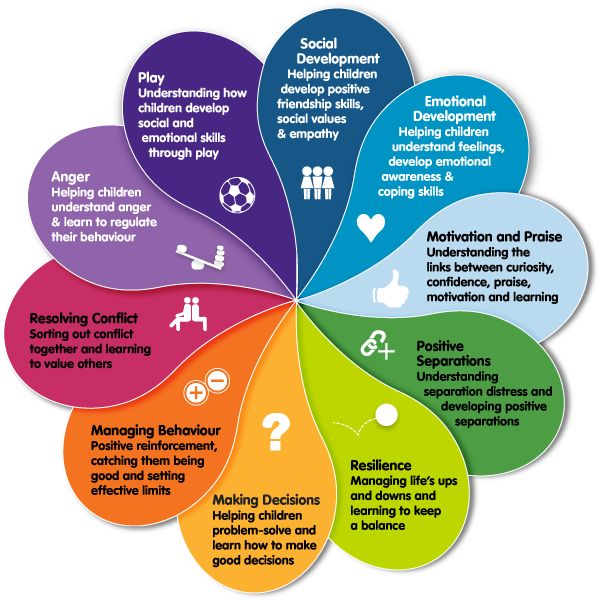 One is by reading the hands on a clock or watch face, the other is by reading the numbers on a digital clock.
One is by reading the hands on a clock or watch face, the other is by reading the numbers on a digital clock.
Explain that nowadays digital clock time can be found on mobile phones, computers, a car’s dashboard, etc.
11. Make Watches and Clocks
One of the first time activities is of course to make watches or clocks. These can be made with cardboard or paper plates. Use split pins to hold the hands.
Don’t worry about the numbers being accurately written or spaced, especially for preschoolers.
There are other activities you can try with clocks – such as finding pictures of them in magazines and making a collage with them or going for a walk and pointing out watches and clocks around them.
12. Discussion
Have a discussion with kids about time. Ask them what they know about it, how we tell it, and why we need to know what the time is.
Discuss how you can tell the time from the sun rising and falling every day, and how people told the time in the past (with sundials and other methods).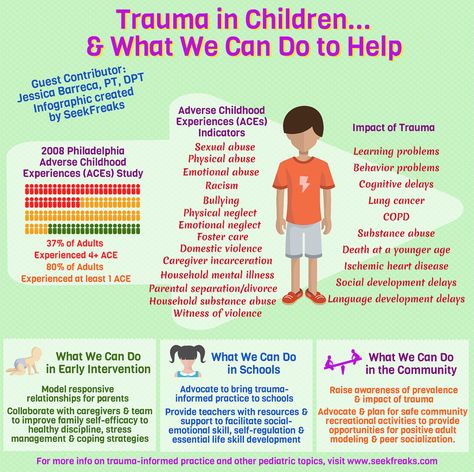
Show children pictures of pendulum clocks, cuckoo clocks, pocket watches, and other ancient clocks, and how they have changed over time to include smartwatches and watches with GPS.
13. Baking and Cooking
Baking and cooking with kids is a great opportunity for teaching them about how we use time when cooking, and it also gives them a feel for the passing of time.
Make statements such as these:
- Put the timer on for 30 mins
- We have to beat the egg for 1 minute
- Before we can put it in the oven, we must pre-heat it for 10 mins
- Bake the cake for 35 minutes
- Cool it down for 5 minutes before eating it
14. Celebration Days
Celebrating special days that repeat during the year gives kids a sense of when they occur during the year and how many activities and traditions happen every year, such as birthdays, anniversaries, religious holidays, national celebrations, etc.
Use these occasions as a chance to tell kids about time and its role in our lives.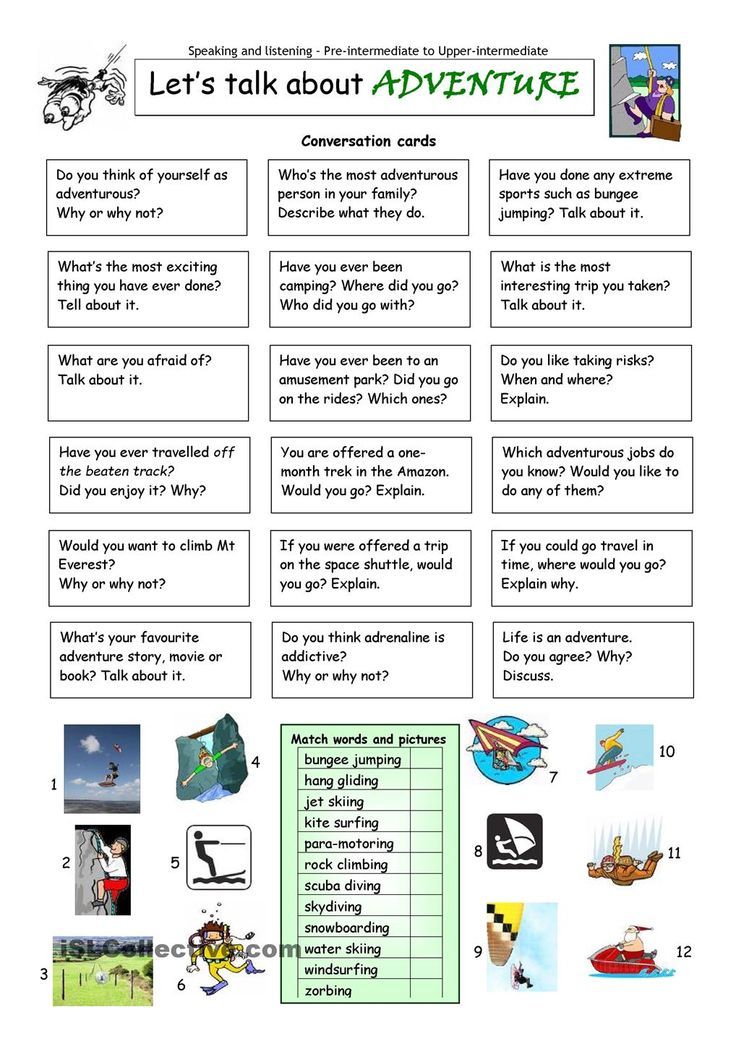
Get FREE access to Printable Puzzles, Stories, Activity Packs and more!
Join Empowered Parents + and you’ll receive a downloadable set of printable puzzles, games and short stories, as well as the Learning Through Play Activity Pack which includes an entire year of activities for 3 to 6-year-olds.
Access is free forever.
Signing up for a free Grow account is fast and easy and will allow you to bookmark articles to read later, on this website as well as many websites worldwide that use Grow.
- Share
15 Hands-On Ways to Teach Telling Time (With Free Printables!)
It’s one of those skills kids are so proud to say they’ve mastered: “I know how to tell time!” Of course, it’s easier these days with digital clocks, but children still need to learn to read analog versions too. Try these fun interactive activities, and your students will be telling time in no time flat.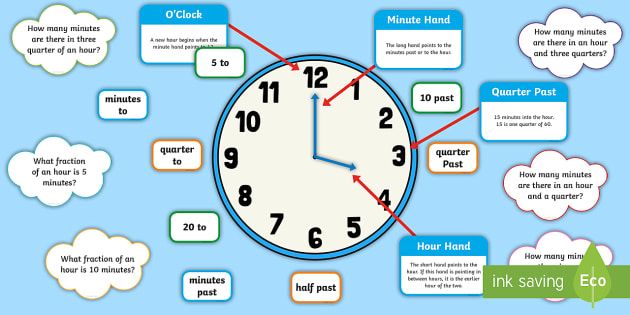
1. Make a paper clock
One of the trickier aspects of telling time is understanding how the number one also means 5 minutes, the 2 means 10 minutes, and so on. This paper clock helps students make that connection. (Pro tip? Use paper plates to make this craft even easier.)
Learn more: Natural Beach Living
2. Color the spaces to learn the hours
Another important concept kids need to grasp is how the spaces between the numbers work on an analog clock. This coloring activity is simple, but it helps drive the point home. Grab the free printable at the link.
Learn more: Around the Kampfire
3. Wear paper watches
First, print and cut out these free blank watches from The Big Little Book Club. Draw hands on each clock face and record what time each student’s watch reads on a master record sheet. Have kids decorate their watch bands, then fasten them on their wrists and add the clock faces. Give each student a record sheet, then let them go around the room and ask each of their classmates, “What time is it?” They look at their classmate’s watch and record the time.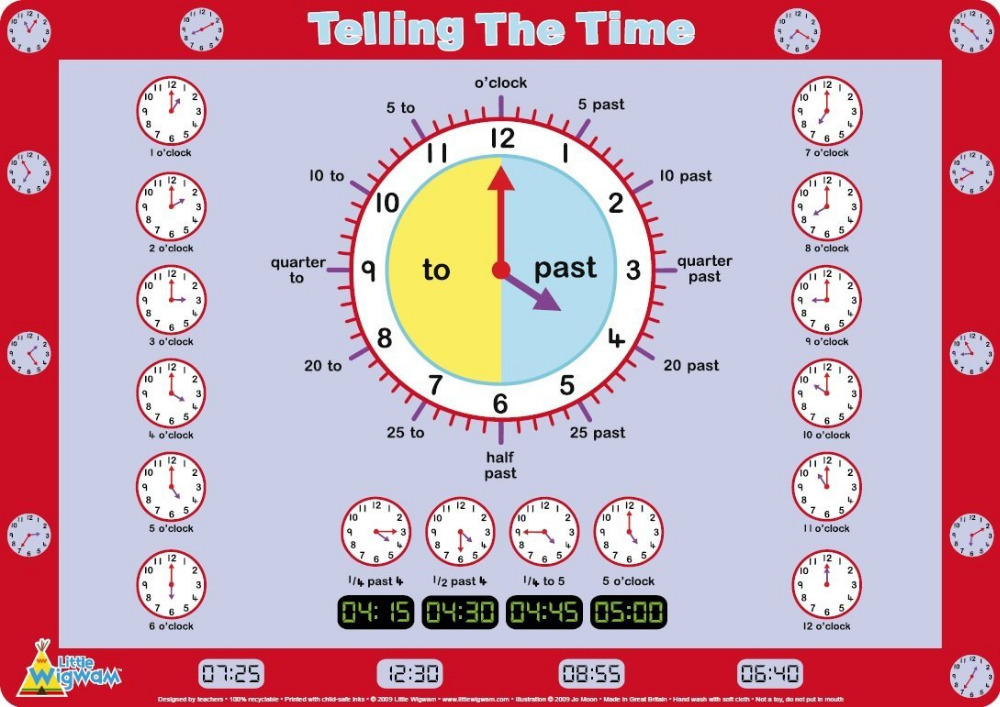 Check their results against your master.
Check their results against your master.
ADVERTISEMENT
4. Make a clock with linking math cubes
This telling time activity helps kids understand time both as a circular analog clock, and a time line moving forward. Gather your math cubes and visit the link to see how it works.
Learn more: Teaching Special Thinkers
5. Take it outside with a hula hoop clock
Pull out the sidewalk chalk and head outside for some time telling practice. A hula hoop makes a perfect analog clock, but if you don’t have one, you can just draw a circle instead.
Learn more: Creekside Learning
6. Dance around for musical clocks
Start by printing out our free blank clock sheets here. Pass them out and have each student draw a time on their clock, then leave it on their desk. Give each student a recording sheet (included with the clock printable), then have them grab a pencil and get ready to move! Start the music and let kids dance around from desk to desk. Stop the music and instruct them to record the name and time on the clock of the desk in front of them. Start the music again and keep on going!
Stop the music and instruct them to record the name and time on the clock of the desk in front of them. Start the music again and keep on going!
7. Shake up a carton of clocks
This awesome time-telling activity also gives kids some practice at creating bar graphs. First, paste analog clock faces showing various times into the bottoms of an empty egg carton, and add a marble or other small toy. Kids shake up the carton, look to see what time the marble landed on, and graph their results.
Learn more: Primary Theme Park
8. Add a hook to the hour hand
This time telling trick will help your students remember that as the hour and minute hands move around, the hour still belongs to the number behind. Clever!
Learn more: Around the Kampfire
9. Write the room with I Spy Time
Post paper analog clocks with times filled in around the room. Students find each clock and record the time on their record sheet. For more of a challenge, write “What will the time be in ____ minutes?” underneath each clock.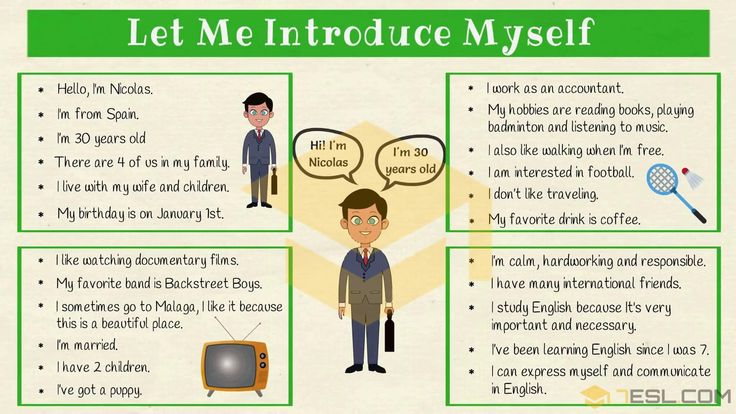 After students record the time showing, they calculate the future time too.
After students record the time showing, they calculate the future time too.
10. Match up plastic eggs
Plastic eggs have so many uses in the classroom. For time-telling practice, seQ analog clocks on one half and write times (in words or digital time) on the other, then have kids match them up.
Learn more: The STEM Laboratory
11. Chill out with frosty clocks
Turn a snowman face into an analog clock! Use these free printables for a variety of wintry time-telling activities.
Learn more: Kindergarten Worksheet & Games
12. Calculate the duration of your favorite activities
Ready to tackle elapsed time? Have students use this free printable worksheet to record the time they spend on three different activities, at home or at school. Think: basketball practice, dance class, watching their favorite TV show, eating a banana—or doing their homework.
13. Compete to win Telling Time Bingo
Bingo is always a blast in the classroom.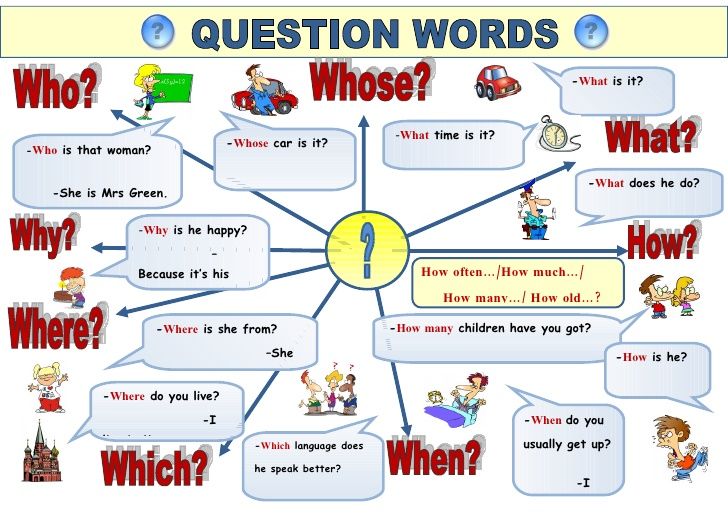 These analog clock bingo cards are customizable, so you can set them to match whatever time skills your students are working on, whether it’s hours, half-hours, quarter hours, or to the minute.
These analog clock bingo cards are customizable, so you can set them to match whatever time skills your students are working on, whether it’s hours, half-hours, quarter hours, or to the minute.
Learn more: Edu-Games
14. Race to beat the Rush Hour clock
Use toy clocks and a die to see who can reach a goal time first! Start at 12:00 and choose the target time. Students roll the die and move their clocks ahead the specified number of minutes on each turn.
Learn more: Enza’s Bargains
15. Don clock headbands
These clock headbands are fun to wear, and they’re also perfect for a game of “What Time Am I?” Kids ask each other questions to try to guess what time is showing on their forehead clock.
Learn more: Primary Theme Park
How do you teach telling time? Come share and exchange ideas on the WeAreTeachers HELPLINE group on Facebook.
Plus, 18 Creative Ways To Dress Up Your Classroom Clock!
6 tips on how to teach your child to tell the time - and turn this activity into a fun game
Why is half past six 06:30 and not 7? And on an electronic clock, is it generally 18:30? Why does time increase when we fly east? These questions confuse children. We tell you when and how to talk to your child about time - and teach him to be punctual.
We tell you when and how to talk to your child about time - and teach him to be punctual.
When to teach a child to tell the time
A child needs a number of skills to tell the time by the clock:
- be able to count within 30, and preferably 60;
- determine which number is greater and which is less;
- navigate in space, know where the right, left, top, bottom are;
- basicly navigate in time, understand when morning, afternoon, evening and night come.
A child usually acquires these skills between the ages of 5 and 7. However, you can begin to introduce the child to the clock in the process of learning these concepts.
How to get started with time
The first steps in the study of time do not have to be connected with numbers. The main thing is to show the child that time is part of our daily life.
For example, pay attention to the child what time it is on the clock at the moment when he wakes up, brushes his teeth, goes to kindergarten or school, returns from there, goes to bed. Ask him to restore the sequence of habitual actions and distribute what is usually done in the morning and what is done in the evening. If the child makes a mistake, gently correct him. Or you can try to confuse him, for example, by asking: “We all have dinner in the morning, right?” The main thing then is to explain what the mistake was. nine0003 Photo: Studio.G photography / Shutterstock / Fotodom
Ask him to restore the sequence of habitual actions and distribute what is usually done in the morning and what is done in the evening. If the child makes a mistake, gently correct him. Or you can try to confuse him, for example, by asking: “We all have dinner in the morning, right?” The main thing then is to explain what the mistake was. nine0003 Photo: Studio.G photography / Shutterstock / Fotodom
In a situation where you and your child are late (for example, standing in a traffic jam), calmly explain that usually the journey takes you a certain amount of time, and now - so many minutes more . Or indicate that the child has 20 minutes for cartoons: let him mark the time, and you set a timer. So he will gradually feel the importance of time, and he will have the motivation to study it.
How to explain to a child what time it is on the clock
When your child has a basic understanding of time, it's time to start teaching him to tell time by the clock. You can study a real clock with hands or make a cardboard model with your own hands. To do this, you need:
To do this, you need:
- Make a dial - it can be a circle cut out of cardboard, or a disposable plate.
- Put numbers around. To make it even, it is better to draw a vertical and horizontal reference line with a pencil through the center - they will have the numbers 12, 3, 6 and 9. Each quarter of the circle must be divided into three parts and the remaining numbers should be written on their borders.
- Draw and cut out the hands: the hour hand is shorter and the minute hand is longer. They can be made of cardboard of different colors.
- Attach the hands to the center of the dial with a push pin or wire.
The numbers can be designed the way the child likes: cut out of paper, placed on multi-colored figures or molded from plasticine. You can add associations to them, which usually happens to the child at each of the hours: he sleeps, eats, walks. nine0003
On the outer circle of the dial (both homemade and real), you can add stickers with the time on the electronic clock - next to the hour it will be 13, with two - 14, and so on. So the child will remember these correspondences over time. You can also add the designations of minutes: 10, 15, 20, 30, 45.
So the child will remember these correspondences over time. You can also add the designations of minutes: 10, 15, 20, 30, 45.
When the clock is ready, it is worth showing the child how the hands will be located in different circumstances: if it is exactly one in the afternoon, half or a quarter to two, fifteen minutes to three. Ask him to memorize the location of the hands and then line them up on his own when you verbally name the time. nine0003
On a real watch, you can invite the child to observe which of the hands runs faster - hour or minute, and discuss together why this happens (after all, an hour is 60 times longer than a minute, and when the hour hand made only one circle, the minute hand managed to turn around as many as 60 times ).
"Time is the first hour" - how to explain it
Adults use time concepts that often only confuse the child. For example, why is half past one 1:30 and not 2:30? Or what does “the first hour has gone” mean - where did he go, why is he the first and what time is it then? nine0003
You can solve the problem with the help of a pie or pizza - they need to be cut into two halves and explained: “Let's pretend that you are an hour. This half is yours, and this is half of the other person. You already have a piece: it means you are an hour and a half, 01:30. When you have received your share and at 01:30, the time comes for the second to eat his half - half past one. The same with quarters: the child will get a quarter of a pie or pizza - and a quarter of the second will come.
This half is yours, and this is half of the other person. You already have a piece: it means you are an hour and a half, 01:30. When you have received your share and at 01:30, the time comes for the second to eat his half - half past one. The same with quarters: the child will get a quarter of a pie or pizza - and a quarter of the second will come.
But the concept of “a quarter to two” cannot be explained in this way
You can just imagine that it's almost two o'clock in the afternoon, but a slice of pizza is missing until the exact time. If you close your eyes to this and count "a quarter to a minute", then just two will work out.
To reinforce these concepts and not overeat pizza with pies, you can draw circles and hatch them in halves and quarters. Coloring pages will also help you remember five-minute intervals: by analogy with halves and quarters, you can discuss what time it is when adults say “five minutes to three” or “five minutes past seven”. nine0003
Concepts like "the first hour has begun" can be represented with the help of a relay race of runners.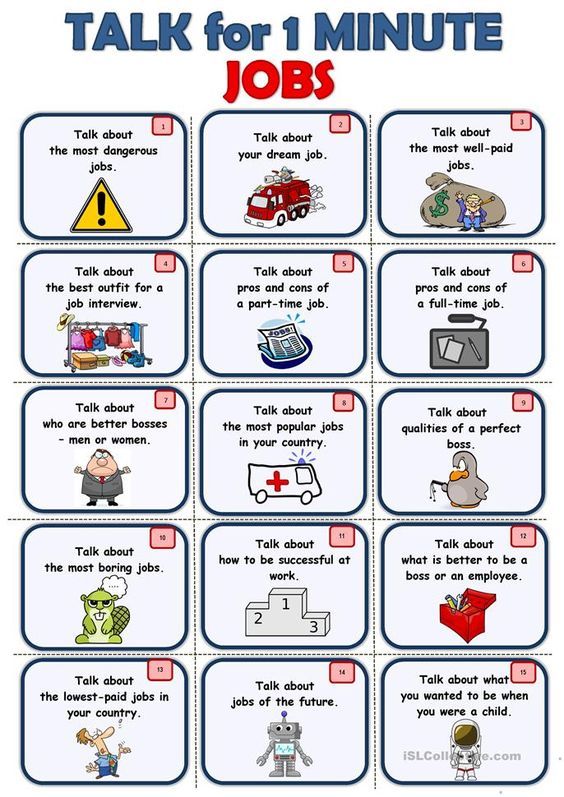 If the first hour has started, then the clock is a little over 01:00. At a distance of 01:59, he comes to the finish line, then the second hour starts. A child can also draw a runner on the dial - and dream up what will happen if the runner stops (or the clock breaks).
If the first hour has started, then the clock is a little over 01:00. At a distance of 01:59, he comes to the finish line, then the second hour starts. A child can also draw a runner on the dial - and dream up what will happen if the runner stops (or the clock breaks).
How to teach a child to tell the time using an electronic clock
Pay attention to the child that on a regular watch each digit is repeated twice a day. For example, 12 o'clock happens at noon and midnight, so we distinguish between "2 o'clock in the afternoon" and "2 o'clock in the morning." But on an electronic clock, this is not necessary: each of the 24 hours of the day is taken into account there. nine0003
Now you need to count together with the child in a circle of the dial from 1 to 12, and then continue counting from 13 to 24 (do not forget to note that on the electronic clock instead of 24 hours 00:00 is used and the countdown of a new day begins).
Photo: Elizaveta Galitckaia / Shutterstock / Fotodom The resulting figures should be signed on the drawn dial.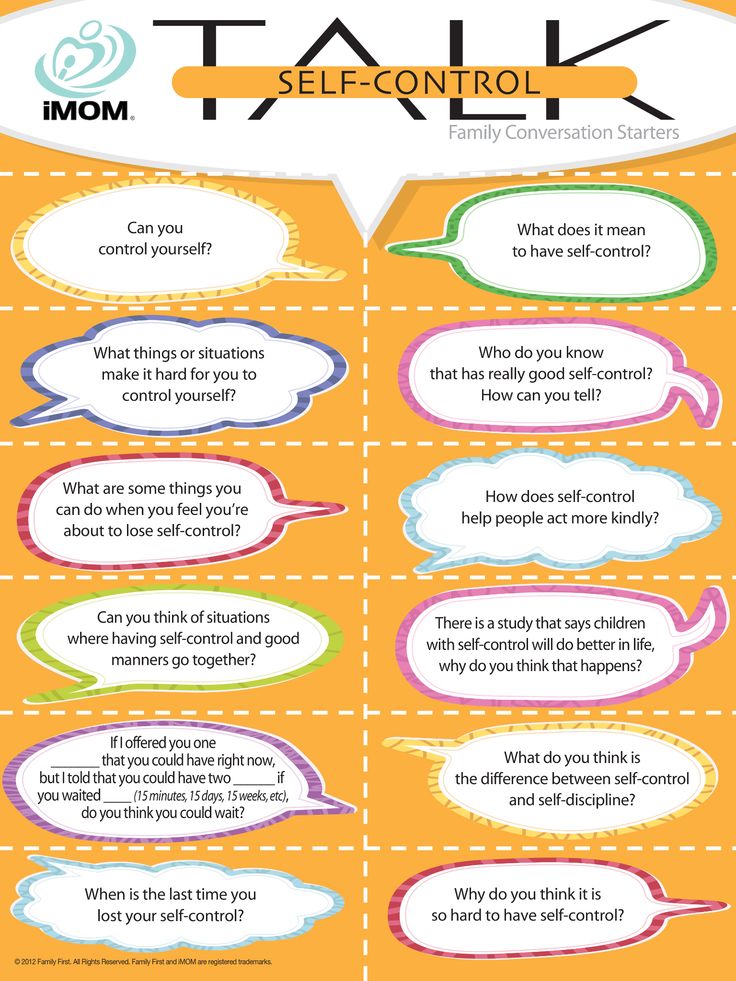 And to better remember them, we offer a game. You will need dice: one pair will indicate hours, the other - minutes. Let's drop the first pair. Dropped, for example, 1 and 6, which means 16 hours. Now the second pair, on it 4 and 5 - 45 minutes. We draw or show the resulting time on a homemade dial. Happened? And if you compete for time? nine0003
And to better remember them, we offer a game. You will need dice: one pair will indicate hours, the other - minutes. Let's drop the first pair. Dropped, for example, 1 and 6, which means 16 hours. Now the second pair, on it 4 and 5 - 45 minutes. We draw or show the resulting time on a homemade dial. Happened? And if you compete for time? nine0003
What else to tell your child about time
There are many interesting facts about time. With stories about them, you can interest the child, push him to explore the world. If he asks a "stupid" question, do not rush to brush it off - it is better to share your knowledge or look for the answer together. For example:
- Why, when we fly in an airplane to some countries, do we change the time? Because the planet rotates around its axis and the sun in different parts of the Earth rises at slightly different times, so the entire globe is divided into time zones. When we get to another time zone, we need to check what time it is there.
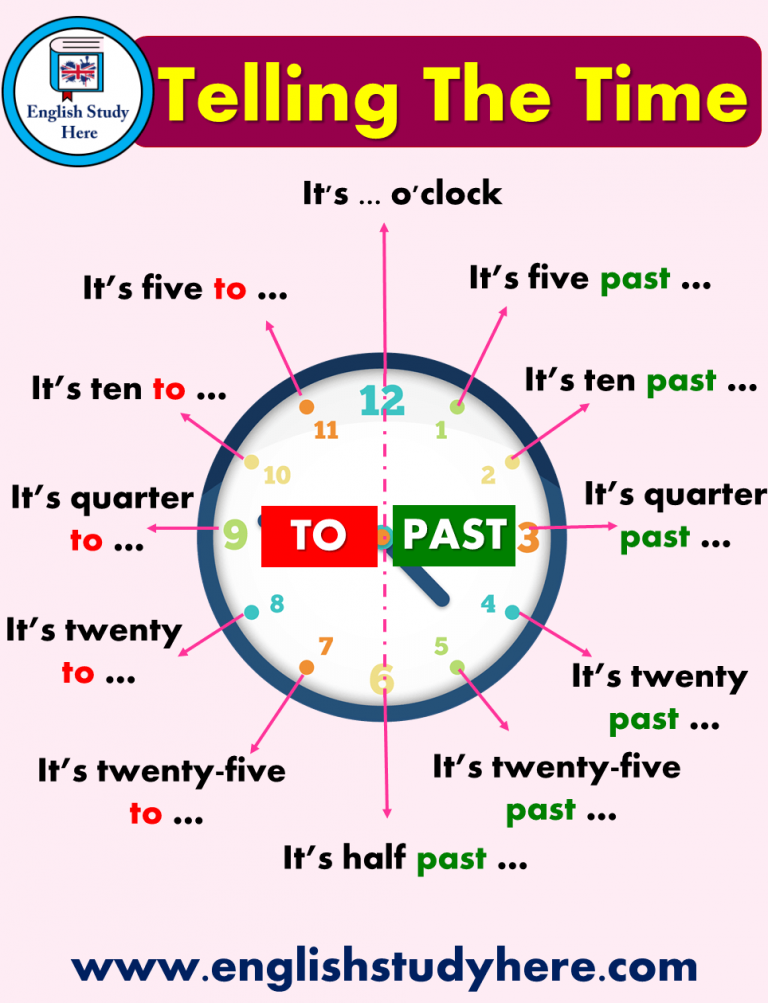 And in some countries, they change the clock to adjust to the length of the day, because in winter the day is much shorter than in summer. nine0010
And in some countries, they change the clock to adjust to the length of the day, because in winter the day is much shorter than in summer. nine0010 - Why are the watches so different: on the arm, on the wall, in the phone? People invented watches a long time ago, and even mechanical watches did not exist back then. They were guided by the sun - there is a sundial even now. There are also hourglasses, water clocks, candle clocks, in which time is determined by the rate at which the candle melts. Mechanical watches were invented about 7 centuries ago, and electronic watches were invented not so long ago. Each person uses the watch that is more convenient for him.
- Why do I sometimes wake up before the alarm goes off? Because inside a person there is an internal biological clock - it is connected with sunlight and natural cycles that run daily. If you develop a mode, the alarm clock may not be needed at all.
When the child is older, you can tell him about the theory of relativity - that time can flow in a completely different way than we are used to.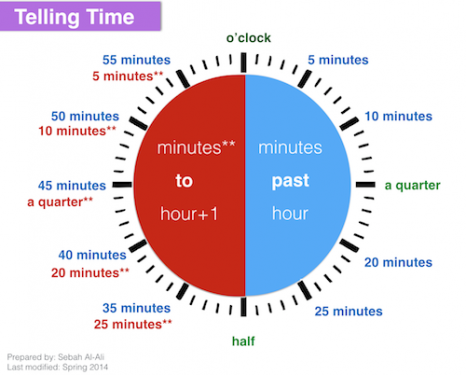 And dream together so that it flows so that no one is ever late! nine0003
And dream together so that it flows so that no one is ever late! nine0003
Cover image: Evgeniia Primavera / Shutterstock / Fotodom
How to teach your child to tell the time with hands
You tell your child you'll be there in 3 minutes and he runs after you crying. The kid does not understand what 3 minutes means. Suddenly you leave for the whole day?
The child went to the first grade, but he gets tired out of habit, cannot organize his time. He wants to play, watch cartoons, but he also needs to prepare for classes and go to bed on time. nine0003
If the baby knows that 3 minutes is not such a long time, he can wait.
If a younger student knows how to tell the time, he will be able to organize his day on his own.
So how do you teach a child to tell the time by the clock? Let's give some recommendations.
At what age should a child be taught to tell time?
A child of one and a half years old understands that there are certain time intervals: dad comes home from work in the evening, day turns into night.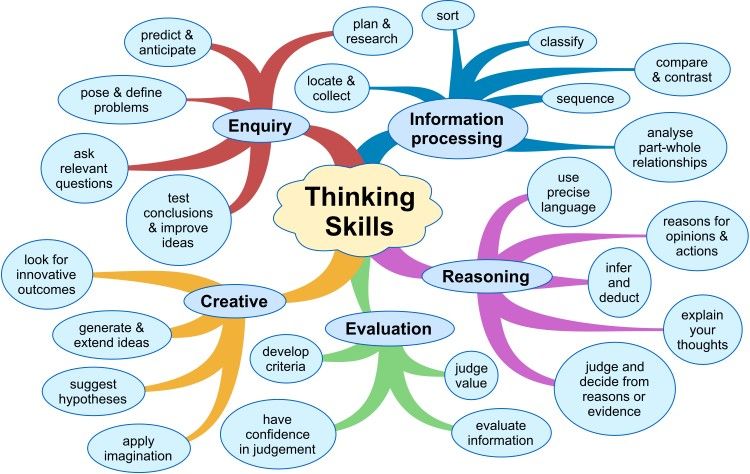 At 2-3 years old, he begins to perceive "temporary" words: tomorrow, yesterday, today, now, later. nine0003
At 2-3 years old, he begins to perceive "temporary" words: tomorrow, yesterday, today, now, later. nine0003
It is possible to start acquaintance with the concept of time when the child knows numbers and two-digit numbers, does not confuse yesterday and tomorrow. As a rule, by the age of 6, children already know and understand these words, so they can move on.
However, all children are different, and it is impossible to say with certainty that it is necessary to master such knowledge at the age of 6. If a four-year-old kid is familiar with numbers and shows interest, start learning.
Before you start learning
Before learning to tell time with a clock, prepare your child to understand time. nine0003
- The first thing a child needs to understand is that time is abstract, so you can't taste, touch or see it.
- Time cannot be stopped. Today is the present, yesterday and a year ago is the past, and what will happen tomorrow and then is the future.
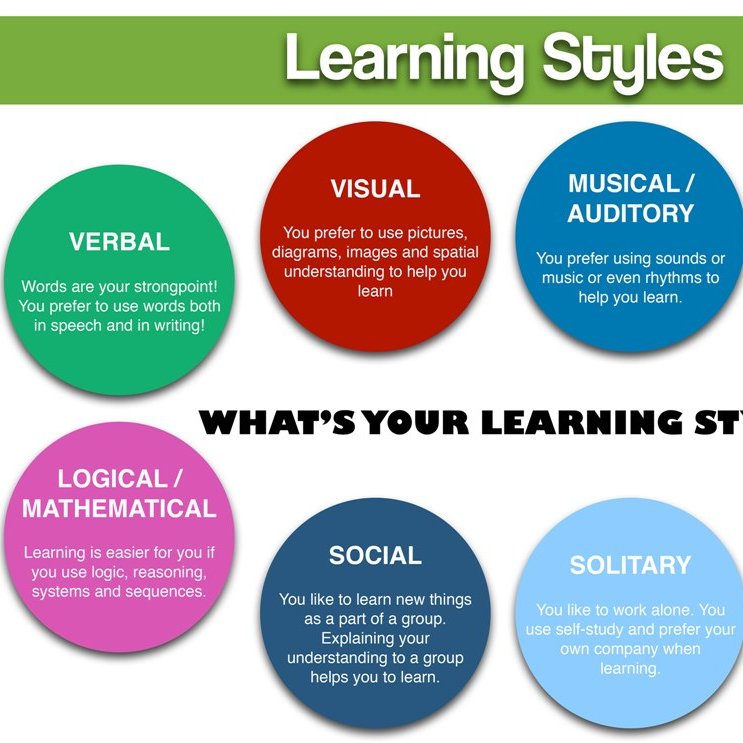 Reinforce what was said with facts: “Now we are drawing”, “Look at the photo of what you were 2 years ago”, “Let's go to the park on the weekend”.
Reinforce what was said with facts: “Now we are drawing”, “Look at the photo of what you were 2 years ago”, “Let's go to the park on the weekend”. - You can play the game it was, it became, for example: first there was a seed, then - a sprout, even later - the sprout will become a tree. nine0010
- The next step is to learn the seasons with your child. As a rule, there are no difficulties here, and children quickly remember that it snows in winter, everything blooms in spring, we swim and sunbathe in summer, and in autumn we harvest. Do not forget to clarify that each season consists of three months, months - of weeks, and weeks - of 7 days.
- We find out that the day consists of morning, afternoon, evening and night. We say there are 24 hours in a day. To remember, arm yourself with educational pictures or associations: in the morning you go to kindergarten, have lunch at 12 noon, return from kindergarten at 6 pm, and so on. nine0010
Explaining to a child what time is
Usually, children 2-3 years old do not notice the passage of time at all: they can stop playing or watching a cartoon only if this activity is boring for them, or it is interrupted by their parents. In fact, the time of the child is regulated by an adult.
In fact, the time of the child is regulated by an adult.
Older children are able to recognize that some action lasts a long time, or passes quickly.
To make it easier for the child to understand the passage of time, sit him down for 1 minute of “doing nothing”. Ask how he thinks the time went. Also set aside exactly one minute for the ball game and ask how the time went this time. Don't forget to draw an important conclusion: when you are passionate about something, time passes faster. nine0003
An hourglass can be purchased and timed for brushing teeth, getting dressed, etc.
Hang a large wall clock in your child's room. Pay attention to the child that he usually goes to bed at 9 pm, wakes up at 7 am, and his favorite cartoon starts at 19.00.
Teaching a child to tell the time by the clock with hands
When the child has an idea of what time is, you can move on to the next level — tell the time by the clock. nine0003
1. First, we form the concept of a dial. Be sure to consider what numbers are present, name them and remember how they are written.
Be sure to consider what numbers are present, name them and remember how they are written.
2. Note the types of hands and say that a wide and short hand is needed to determine the hour, and a long and thin hand is needed for minutes. Add that there is also a second hand (one second is the time it takes the baby to clap his hands).
3. Determine in which direction the arrows are moving; along the way, explain the concepts of "clockwise" and "counterclockwise". nine0003
4. First, we learn to determine only the hours on the dial, without minutes. To do this, look at what number the small arrow points to. We bring this skill to automatism. For clarity, you can not only call what time it is, but also draw to use visual memory.
5. The next step is to get to know the minute hand. Tell your child about the similarities between the hour and minute hands (both start at 12) and the differences (the minute hand is much faster: for the hour hand to move an hour, the minute hand needs to run around the dial 60 times).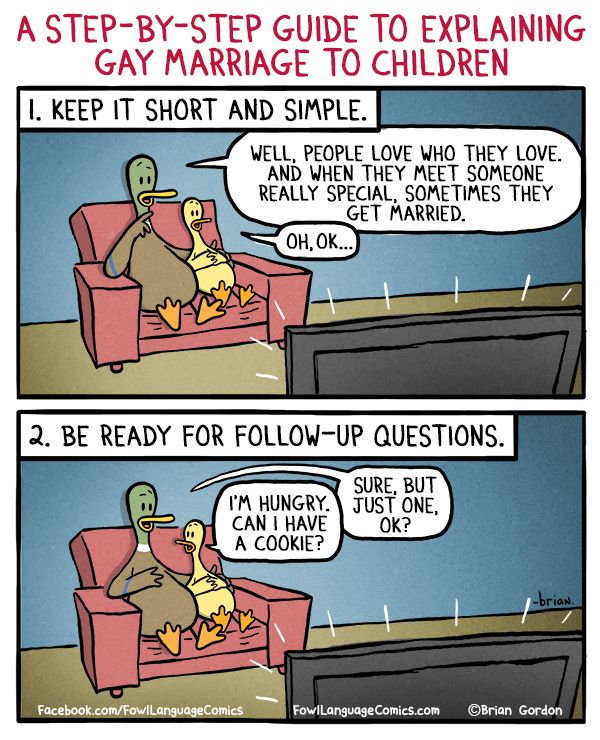 nine0003
nine0003
7. Explain that one division on a clock equals one minute. You will also need to memorize multiples of 5 (5, 10, 15…60). The child will remember faster if you say that these are numbers ending in 0 and 5.
8. Using the layout, we explain where the minute hand should be when the time is 09:15, 09:30, 09:45. Do not forget to tell us what half an hour, a quarter of an hour is, and consolidate the knowledge gained with the help of a layout.
DIY clock making
To practice the acquired skills, we need a model of a watch. For these purposes, you can use the dial of an old unnecessary watch. It is enough to remove the glass so that you can turn the arrows by hand. But you can make a watch yourself.
- You will need a plastic plate or a circle made of cardboard - the basis of future watches.
- From colored cardboard, make 2 hands: a small one for hours and a long one for minutes.
- We draw the base in half vertically and horizontally, designate the first numbers.
 We divide the resulting quarters into three more parts and add the missing numbers. nine0010
We divide the resulting quarters into three more parts and add the missing numbers. nine0010 - We attach the arrows to the base using a button. Your layout is ready!
Tip: Make this mock-up with your child. Entrust him with the manufacture of arrows, writing numbers. Speak and comment on your actions, repeating the material along the way.
Games and tasks with a clock to consolidate the result
Do not forget to use time frames in everyday life, for example: "Let's wash ourselves in five minutes" or "Turn on the TV in 10 minutes." Buy a watch for your child, and let the family often ask the baby what time it is. nine0003
And to make the consolidation of the material fun and accessible for the baby, play with it.
Psychic . Take a clock layout and cover the numbers indicated by the arrows with a piece of paper. The task of the child is to remember the location of the numbers on the dial and determine the time.
Timing. An adult tells a child's favorite fairy tale, but with temporary additions. For example, at 23:59 Cinderella ran out of the palace. The task of the child is to show 23:59 on the clock layout. nine0003
"Daytime" . Try to make with a preschooler his daily routine for tomorrow. Illustrate and indicate time periods.
Find a Pair . We will need an A4 sheet with a drawn clock and small pieces of paper on which time intervals will be written (for example, 02:50 or a quarter to twelve). The child will need to find a matching pair.
Poems about time for children
In teaching children, and especially preschoolers, not only games and tasks, but also poems can be used. Rhyming lines are well remembered and help the baby cope with difficulties. nine0003
Clock
They say the clock is standing.
They say the clock is fast.
They say: the clock is running,
But they are a little behind.

